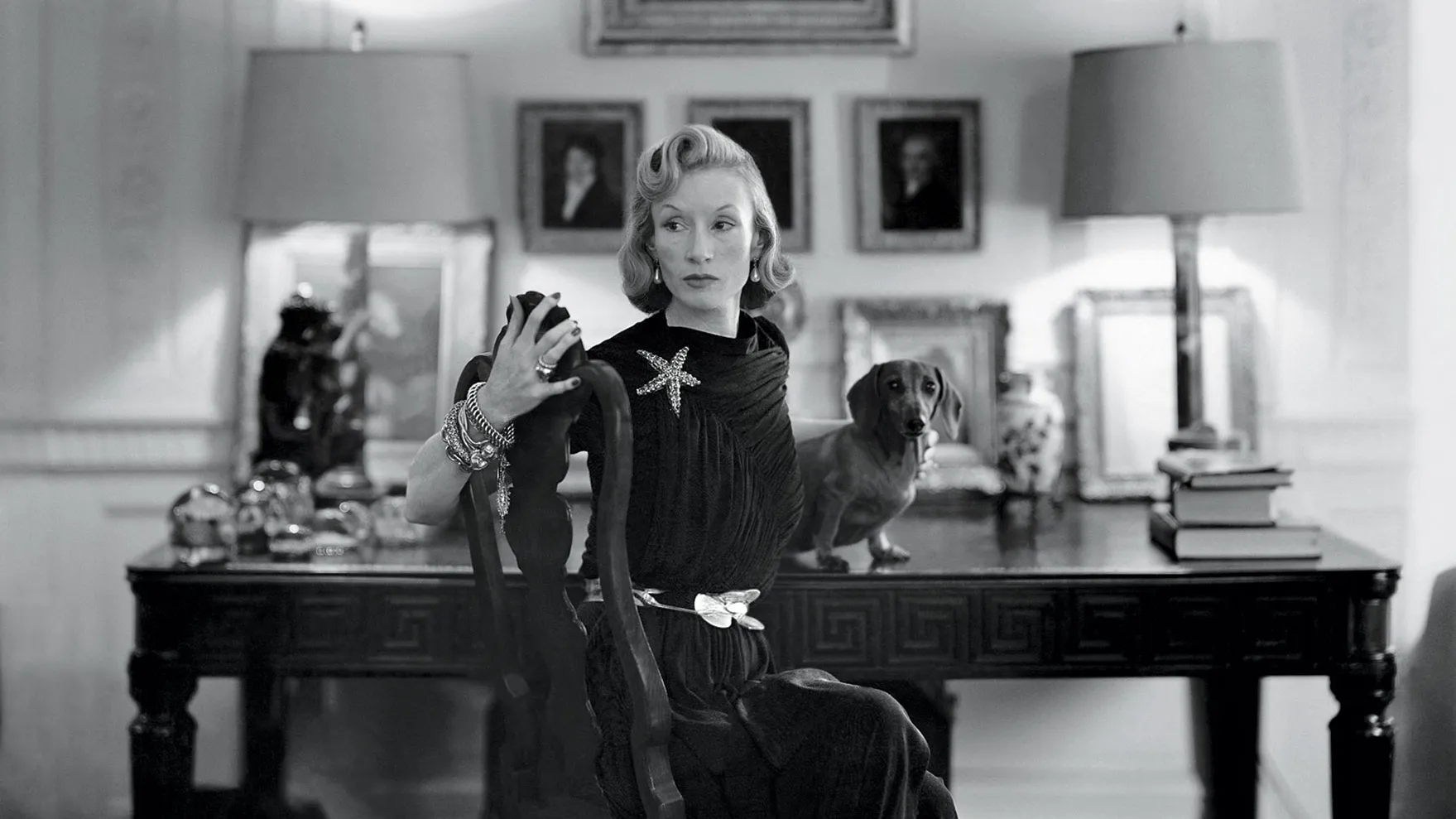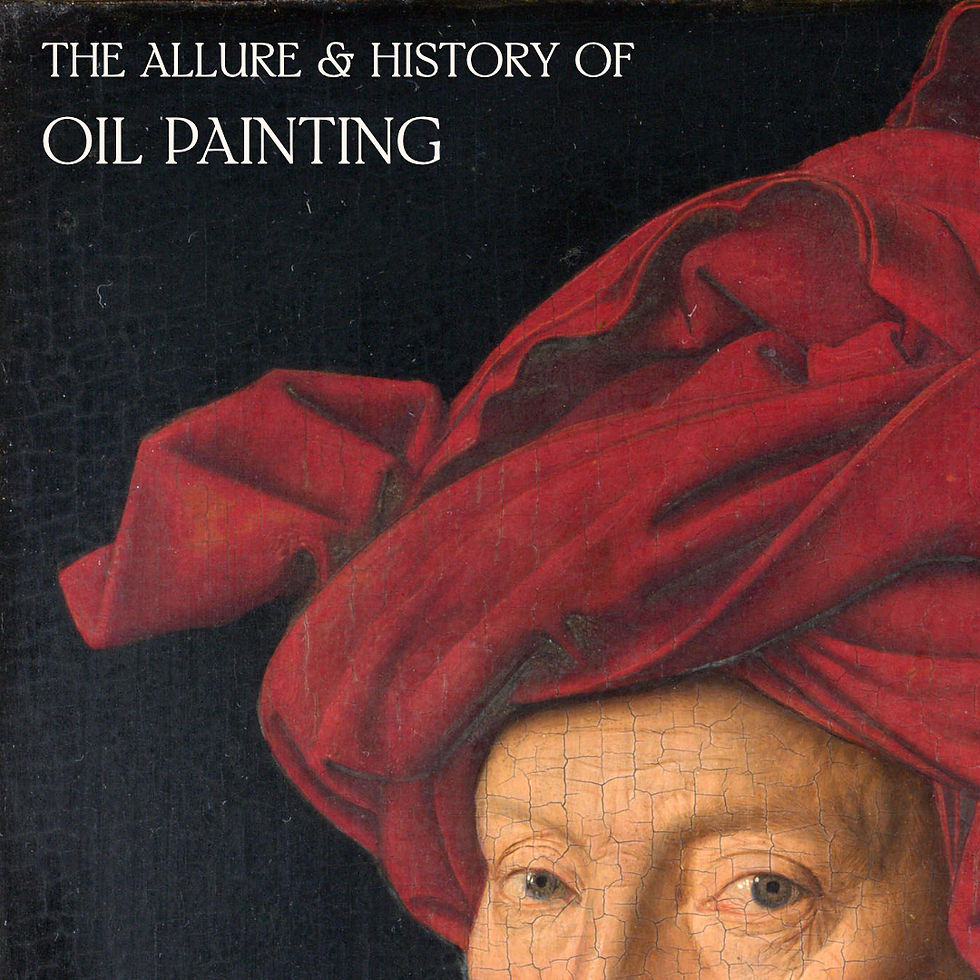New Mexico Culture & Style Icon: Millicent Rogers
- Caitlin Velázquez-Fagley

- Aug 4, 2024
- 4 min read
Updated: Aug 18

What connects high couture, dazzling diamonds, vibrant turquoise, and gleaming sterling silver? The enigmatic Millicent Rogers.
Born into extreme wealth in 1902 during New York's Gilded Age, Millicent Rogers led a life steeped in luxury. As the granddaughter and heiress of Standard Oil tycoon, she spent her childhood between Manhattan and Southampton. Her life was a quest for purpose and calling, marked by travels, relocations between Europe and the East Coast, three marriages, and a penchant for exquisite art. Recognized on Vogue's 'Best Dressed' list, Rogers was perpetually in search of beauty and meaning.
In her 40s, she pursued actor Clark Gable, but their romance was short-lived. Heartbroken, she moved to Taos, New Mexico, a place that would become the final chapter of her life and her resting place.
But Taos transformed her.
Millicent Rogers became a pivotal figure in New Mexico. She loved and appreciated the arts of the Hispanic Southwest and Pueblo Americans, and due to her fame and influence, she is responsible for turning the traditional arts of New Mexico into something desired and collectible. She was a pioneer because not only was she a patron of various artists in the region, she also saw the worth and importance of the traditional arts and therefore spurred a movement that has gained momentum ever since. Thanks to her, we still have Indigenous Americans and Hispanic families from the Southwest practicing and creating their art.
There are, of course, other factors that came into play around the same time that helped reinforce the ongoing movement and practice of traditional New Mexican arts. Yet, it was her fame secured that these arts would be continued generationally by giving them a spotlight. She created the appeal and gave it a unique sense of style.
Millicent Rogers moved to New Mexico in 1947, captivated by the region's rich culture. One thing that you have to understand if you're an outsider, is that the region where Rogers settled is home to some of the most important Pueblo tribes in New Mexico. Another thing to note, is that in the mountainous ranges nearby, there are small villages where many of the Spanish families who came here settled and ended up living for hundreds of years. These Spanish families were so isolated, that the dialect of Spanish that they spoke in these regions is very similar to the old Spanish that would've been used hundreds of years ago.
The same holds true for the Pueblo People's languages. These languages survived conquest from both the Spanish and American Anglos who came here, and are still spoken to this day. Each Pueblo has its own dialect. Before the Anglo Americans settled in New Mexico, the Spanish and the Puebloans shared and traded their arts with each other. When speaking about the traditional arts of New Mexico, it's important to recognize that these two cultures, while incredibly different, somehow held on to their languages and their arts. The preservation of these traditional ways is what makes New Mexico unique, and it's thanks to people like Millicent Rogers who recognized these traditions as something special.
In a letter to her son, Rogers writes:
"Did I ever tell you about the feeling I had a little while ago? Suddenly passing Taos Mountain I felt that I was part of the Earth, so that I felt the Sun on my Surface and the rain. I felt the Stars and the growth of the Moon, under me, rivers ran… Being part of the Earth one was never alone. And all fear went out of me—with a great, good stillness and strength.
If anything should happen to me now, ever, just remember all this. I want to be buried in Taos with the wide sky– Life has been marvelous, all the experiences good and bad I have enjoyed, even pain and illness because out of it so many things were discovered."
Courtesy of Paul Peralta-Ramos and her descendants. All rights reserved.
Quick to adopt the velvet shirts and pleated broomstick skirts worn by the women of Taos Pueblo, Rogers combined her high couture aesthetic with the traditional clothing worn by locals. And that was only the start.
During her five years in Taos, she amassed a vast collection of thousands of items, ranging from jewelry to rugs, pottery, tinwork, and santos all from local New Mexican artisans. She began designing her own jewelry, often crafting parts of her designs from wax to be cast, while employing Taos Pueblo jewelers to complete her creations. Beyond her artistic endeavors, she was a staunch advocate for Indigenous American rights, successfully campaigning for the return of Blue Lake to the Pueblo People.
Though her time in Taos was brief, it was profoundly impactful. In honor of her legacy, her family established The Millicent Rogers Museum to showcase her collected artifacts and celebrate her journey in New Mexico.
From the NYTimes, Mitchell Owens writes:
"She died a month short of her 51st birthday, after surgery for an aneurysm; the autopsy revealed a heart a freakish four times the normal size. She was laid to rest wrapped in a rare Navajo blanket and wearing two neoprimitive rings, while hundreds of Pueblo [Americans] silently watched as her coffin was swallowed by the desert."
Below are images of the jewelry she designed and created. According to sources, even Schiaparelli thought Rogers had a talent for bold jewelry design.

Here are links to the articles that inspired this story. Please note that some of the New Mexico history stated above were taught at UNM in a Linguistics course. Over the years, articles reinforced those statements but were never documented. Statements are subject to change, and this article may be edited in the future for that reason.


















Comments